Changing prices for medical examination and treatment services, bidding, reducing VAT, and military service health check-ups are new policies taking effect in the first month of 2024.
New regulations on prices of medical examination and treatment services, autonomy in medical facilities
The Law on Medical Examination and Treatment (amended) took effect from January 1, allowing medical facilities to be autonomous in deciding on organization and personnel, developing professional activities and providing medical examination and treatment services. Hospitals are allowed to decide on the fee levels for services and goods related to medical examination and treatment activities according to regulations, except in cases where the State sets prices.
Hospitals are also allowed to decide on the use of legal revenue sources to invest in projects to carry out medical examination and treatment activities; are allowed to decide on the prices of medical examination and treatment services but not exceeding the prices prescribed by the Minister of Health, except for the prices of services upon request and prices formed from public-private partnership activities.
Regarding the price of medical examination services, the Minister of Health shall coordinate with the Minister of Finance to prescribe the method of pricing for medical examination and treatment services. The Minister of Health shall prescribe the price of services covered by the Health Insurance Fund (HIF), the price of services paid by the state budget, the price of services not paid by the HIF, and not services on demand.
Provincial People's Councils regulate the prices of medical examination and treatment for hospitals in the area, but not exceeding the corresponding price frame of the Ministry of Health. Public hospitals apply prices for people without health insurance cards using services on the list paid by the Health Insurance Fund but not on-demand services. Hospitals are also allowed to decide on their own prices for on-demand services but must declare them.
Compared to the current Law on Medical Examination and Treatment, the revised Law specifies the factors that make up the price of medical examination and treatment services such as labor costs, drugs, chemicals, medical equipment depreciation costs, management costs such as maintenance and repair of medical equipment... Thus, the new regulation will solve the problem of "correctly calculating" the price of medical examination and treatment, which many hospitals have reported as "outdated" and "not fully calculating the 7 constituent factors" in the past.
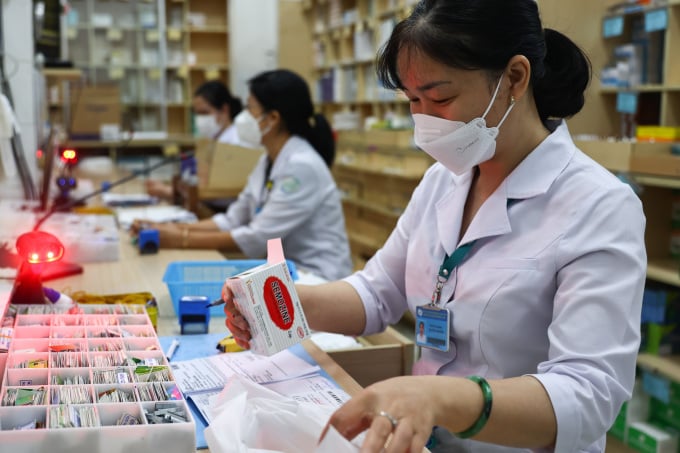
Medical staff at the pharmacy of the Ho Chi Minh City Hospital for Tropical Diseases, District 5, dispense medicine to patients, April 2023. Photo: Quynh Tran
Allow centralized bidding for rare drugs
The Law on Bidding (amended) takes effect from January 1, adding regulations on centralized procurement of rare drugs and drugs requiring small quantities, to ensure feasibility in bidding to select suppliers.
In case the goods are on the centralized list, if they meet the conditions, the price negotiation method can be applied. The law also adds a provision that many agencies and organizations with the need to purchase the same type of goods can be combined into a bidding package for a centralized purchasing agency. Centralized purchasing must go through open bidding. Goods on the centralized purchasing list but need to be purchased to prevent and fight the epidemic, can be designated for bidding.
The law also adds provisions for hospitals to select contractors to supply chemicals, testing supplies, and medical equipment. The winning bidder is responsible for supplying chemicals and medical equipment, but is only allowed to transfer the right to use, not the right to transfer ownership of, medical equipment to medical examination and treatment facilities. The law also stipulates that the implementation period will be according to the contract but not more than 5 years.
This is a new method introduced into the law to overcome the limitations in the implementation of chemical purchases associated with "ordering machines, borrowing machines", ensuring feasibility, transparency and efficiency in implementation. In addition, the 5-year application period is suitable for practice, ensuring enough time to switch to another more public and transparent form.
Some goods have 2% VAT reduction until mid-2024
Effective from January 1 to June 30, the Decree stipulates a policy of reducing value-added tax (VAT) allowing the application of a tax rate of 8% on goods and services. However, a number of items including: telecommunications; finance - banking; securities, insurance, real estate business; metals and prefabricated metal products, mining products (excluding coal mining) are not included in the group of tax incentives.
VAT reduction for each type of goods and services is applied uniformly at the stages of import, production, processing, and trading. In particular, coal is reduced in VAT at the stage of mining and selling, but not at other stages. Corporations and groups that implement a closed process before selling are also subject to tax reduction for coal mined and sold.
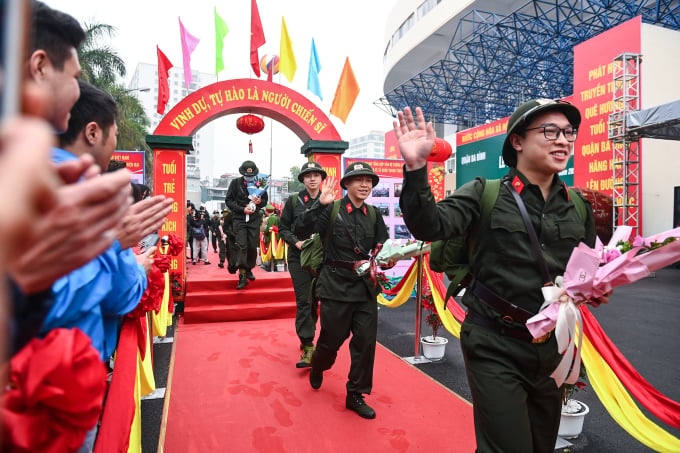
New recruits enlist in Ba Dinh district, Hanoi, 2023. Photo: Giang Huy
New standards for military service medical examination
Circular 105/2023 of the Ministry of National Defense, effective from January 1, stipulates that the health standards for military service are health type 1, type 2, type 3 and not addicted to drugs or drug precursors to meet the health requirements for military service.
This document also adds cases of military service for people with astigmatism, color blindness, health category 2, category 3 and other criteria that meet the eligibility criteria. According to the old regulations, these two cases were classified as health category 6, meaning very poor health and not qualified for military service.
Health classification uses a 1-6 scoring method for each criterion. A score of 1 indicates very good health while a score of 6 indicates very poor health.
Vietnam begins to apply global minimum tax
From January 1, Vietnam will apply a global minimum tax and the National Assembly will assign the Government to study the establishment of a fund to support investment in the high-tech sector next year. The global minimum tax is an agreement reached by G7 countries in June 2021 to combat multinational corporations shifting profits to low-tax countries to avoid taxes.
The tax rate will be 15% for multinational enterprises with a total consolidated revenue of 750 million euros (about 800 million USD) or more in two of the four most recent years. Taxable investors will be required to pay global minimum tax in Vietnam.
The budget is estimated to collect more than VND14,600 billion when 122 foreign-invested corporations in Vietnam pay this tax, according to the tax authority's review. However, the application of the global minimum tax will directly affect the interests of foreign-invested enterprises during the period of enjoying tax exemption and reduction incentives, with an actual tax rate lower than 15%. That means Vietnam's tax incentives for foreign enterprises will no longer be effective, which could affect the investment environment.
Fees for using roads and sidewalks in Ho Chi Minh City
Resolution 15/2023 of the Ho Chi Minh City People's Council stipulates the fee for temporary use of roads and sidewalks in the area, effective from January 1. The fee for parking activities is 50,000-350,000 VND per square meter per month and the fee for other activities is 20,000-100,000 VND per square meter per month depending on the area.
Regarding the calculation of rental period, if the number of days using the road or sidewalk is less than 15 days in a month, it is counted as half a month; from 15 days or more in a month, it is counted as one month.
The fee is applied according to the average land price in 5 areas (each area will have a central route and the remaining routes). Area 1 includes District 1, District 3, District 4, District 5, District 10, Phu Nhuan, Area A - New Urban Area South of the City, New Urban Area Thu Thiem.
Area 2 includes District 2 (now part of Thu Duc City, except Thu Thiem New Urban Area), District 6, District 7 (except Area A - New Urban Area South of the City), District 11, Binh Thanh, Tan Binh, Binh Tan.
Area 3 includes District 8, District 9 (now Thu Duc City), District 12, Thu Duc District (now Thu Duc City), Tan Phu, Go Vap. Area 4 includes Binh Chanh, Hoc Mon, Nha Be, Cu Chi districts. Area 5 includes Can Gio district.
Source link


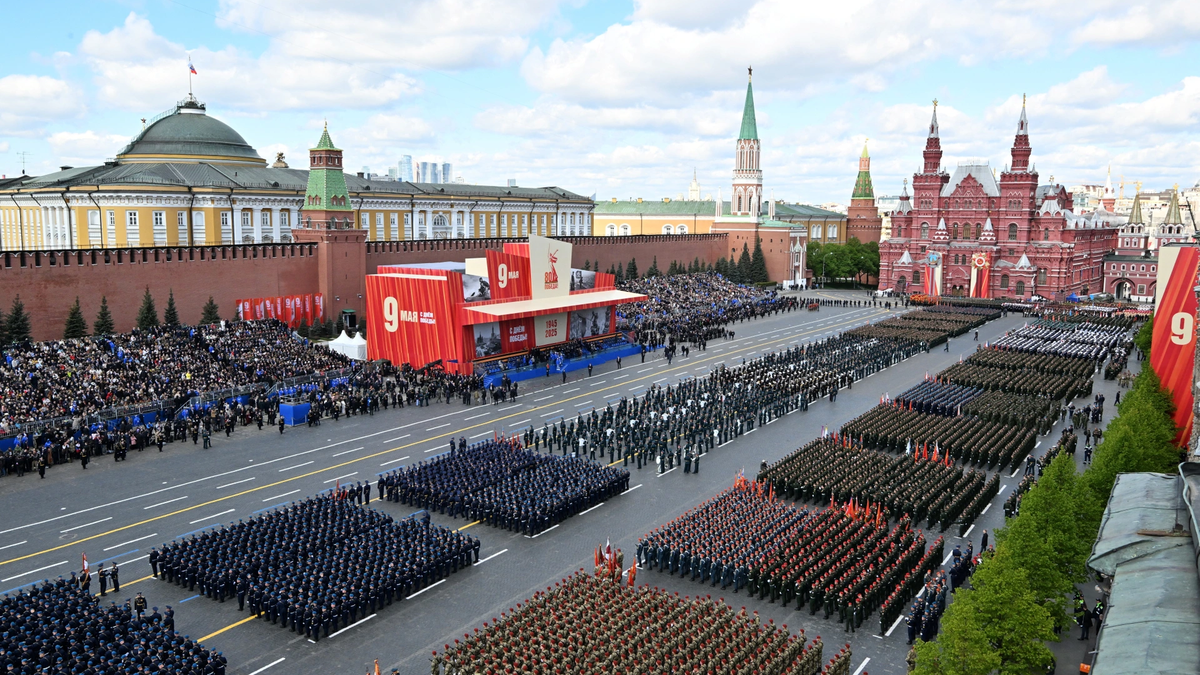
![[Photo] Russian military power on display at parade celebrating 80 years of victory over fascism](https://vphoto.vietnam.vn/thumb/1200x675/vietnam/resource/IMAGE/2025/5/9/ce054c3a71b74b1da3be310973aebcfd)

![[Photo] General Secretary To Lam and international leaders attend the parade celebrating the 80th anniversary of the victory over fascism in Russia](https://vphoto.vietnam.vn/thumb/1200x675/vietnam/resource/IMAGE/2025/5/9/4ec77ed7629a45c79d6e8aa952f20dd3)
![[Photo] Prime Minister Pham Minh Chinh chairs a special Government meeting on the arrangement of administrative units at all levels.](https://vphoto.vietnam.vn/thumb/1200x675/vietnam/resource/IMAGE/2025/5/9/6a22e6a997424870abfb39817bb9bb6c)
![[Photo] Magical moment of double five-colored clouds on Ba Den mountain on the day of the Buddha's relic procession](https://vphoto.vietnam.vn/thumb/1200x675/vietnam/resource/IMAGE/2025/5/9/7a710556965c413397f9e38ac9708d2f)
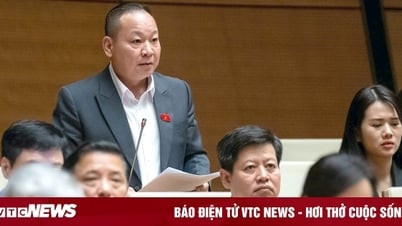



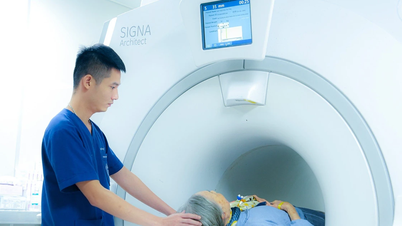


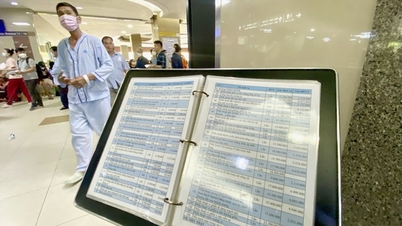


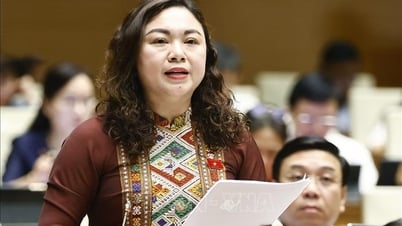




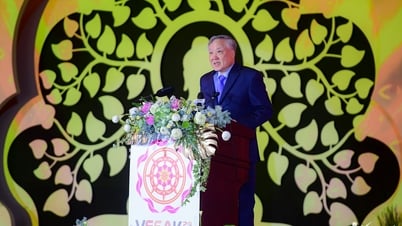










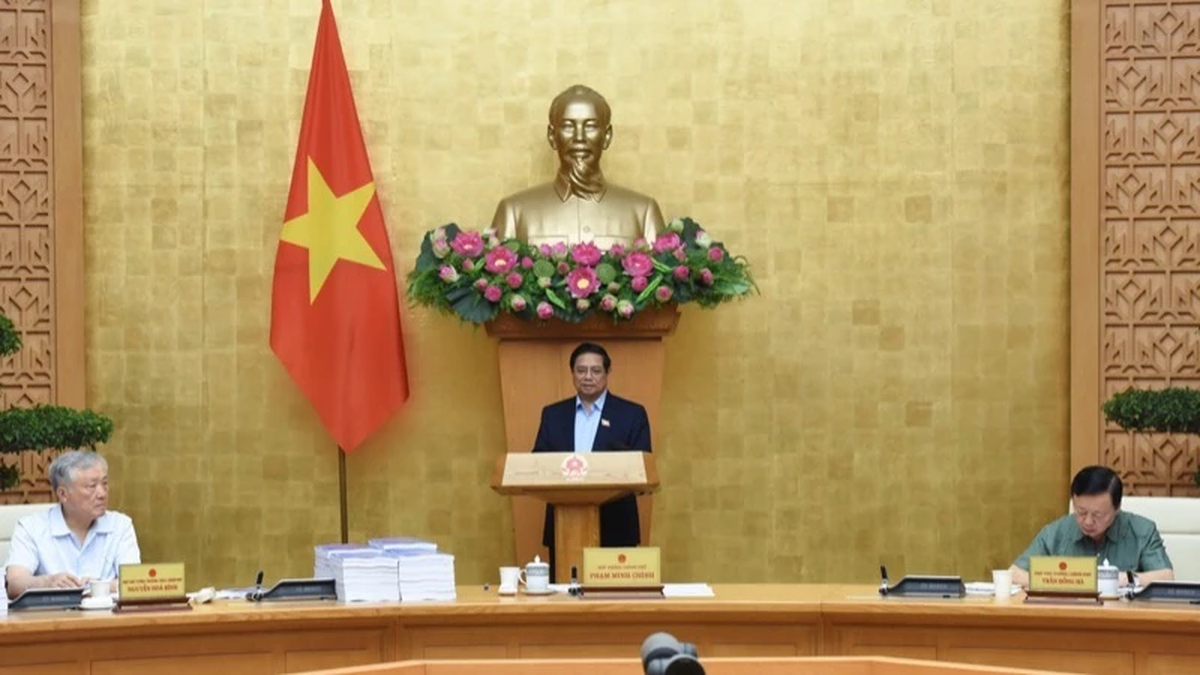


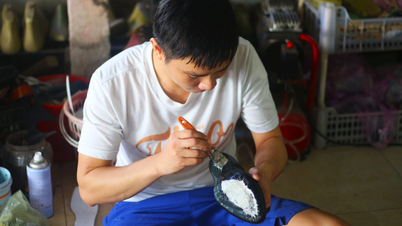



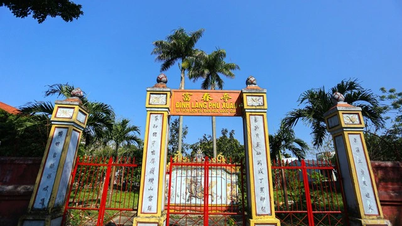

















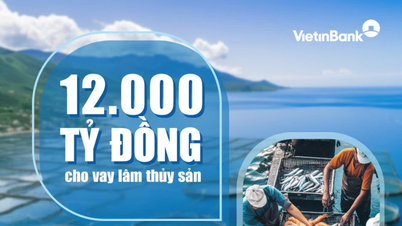


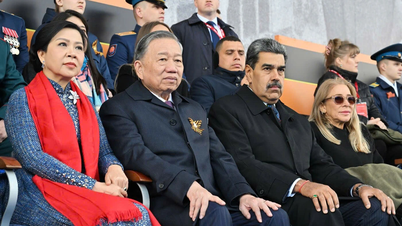
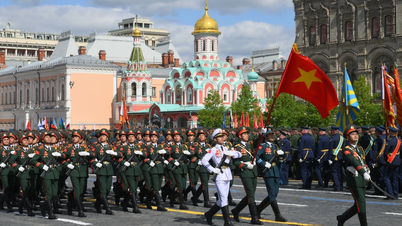

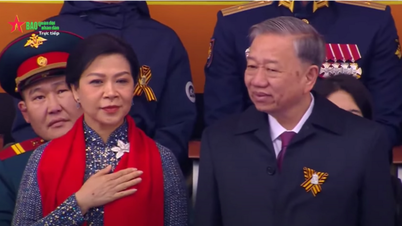


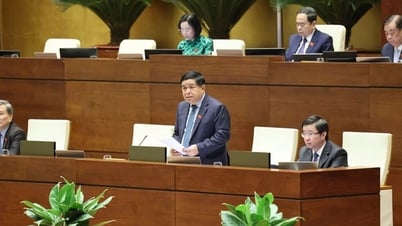

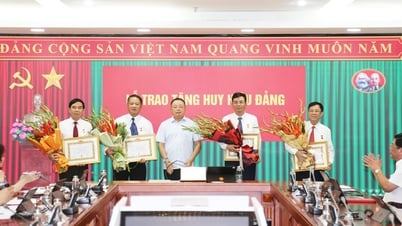

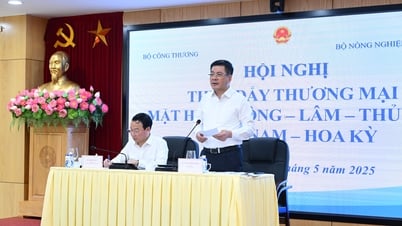







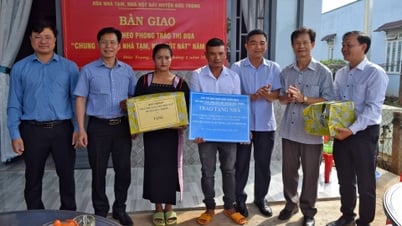

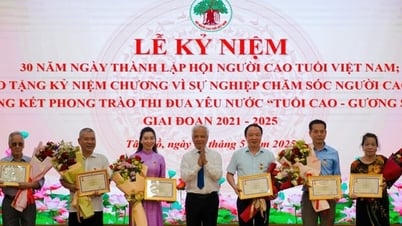

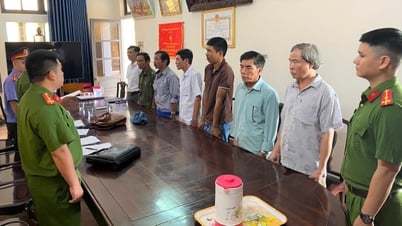

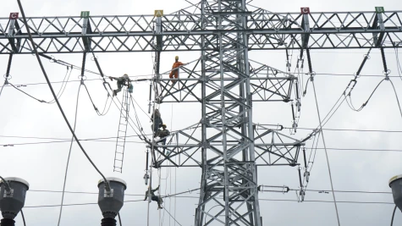

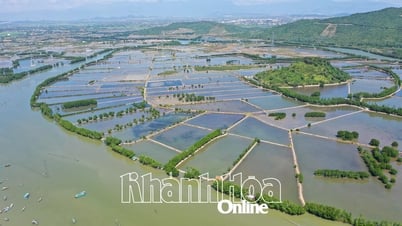

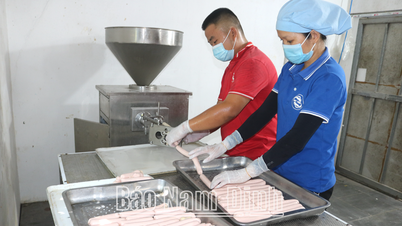

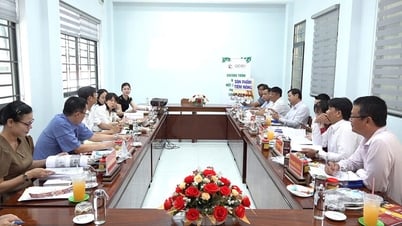








Comment (0)